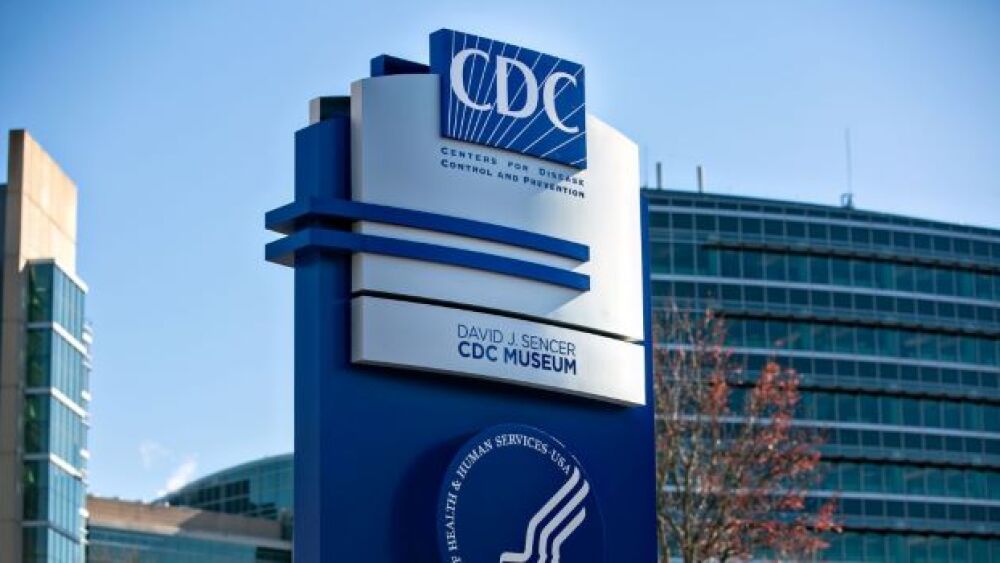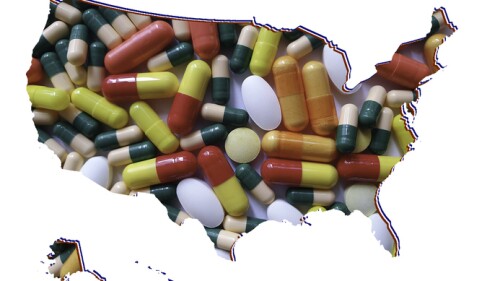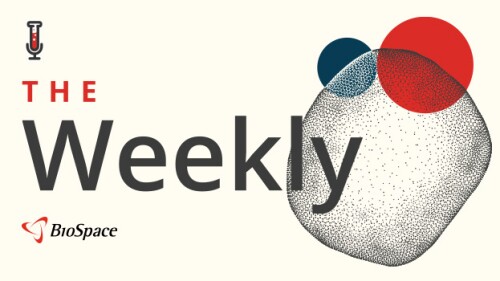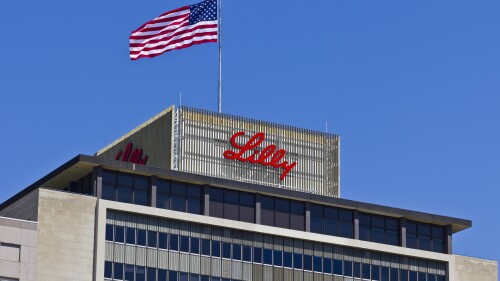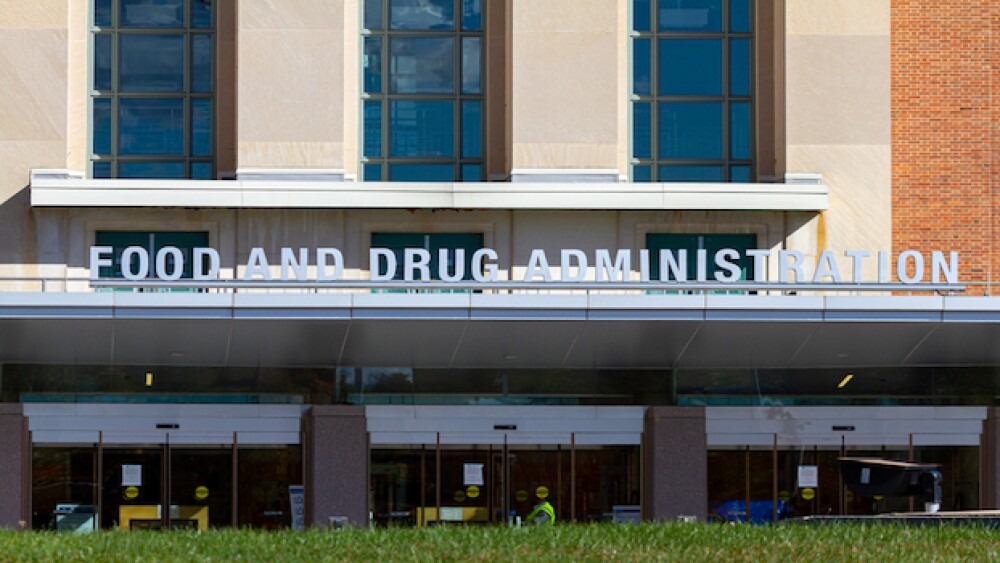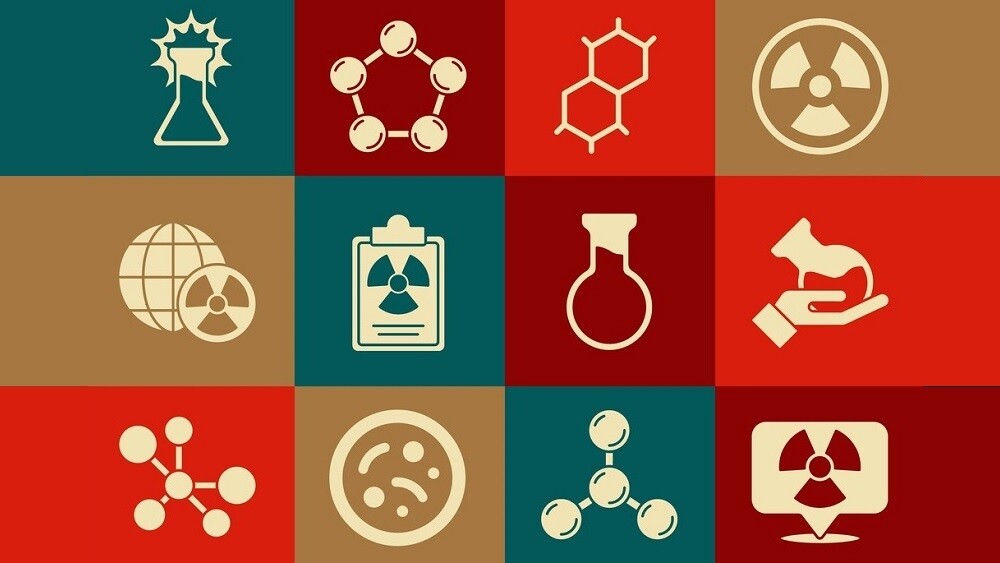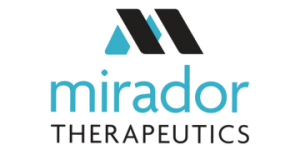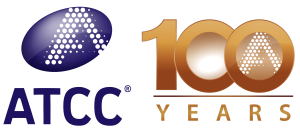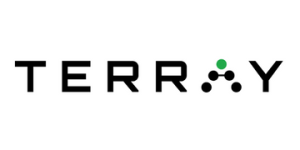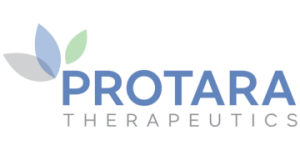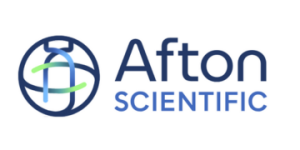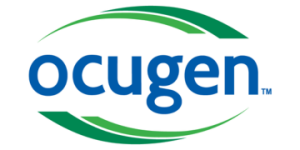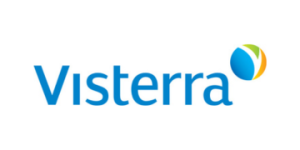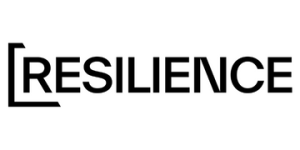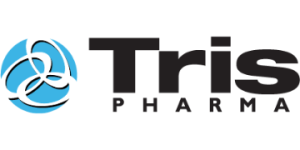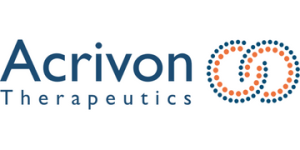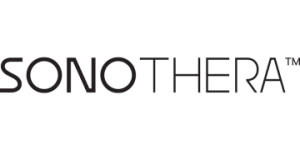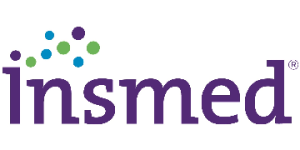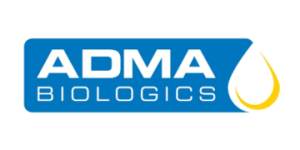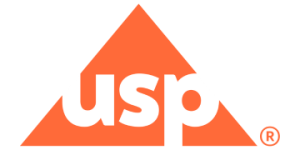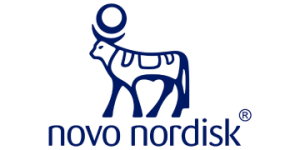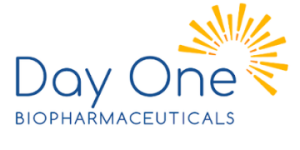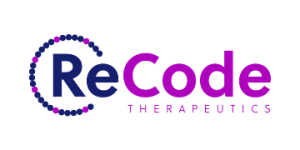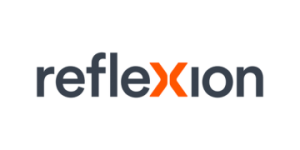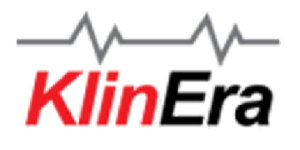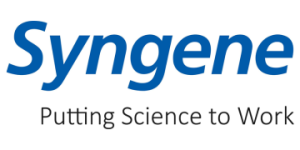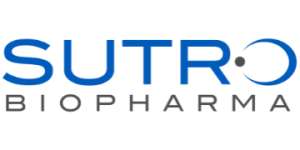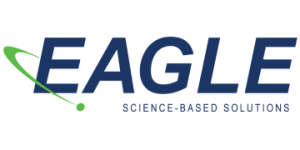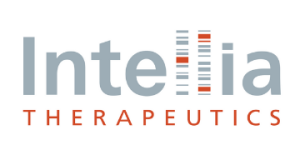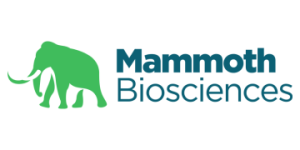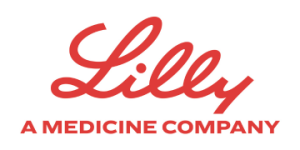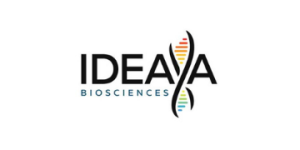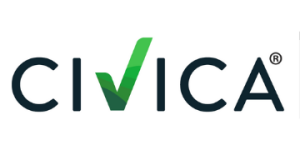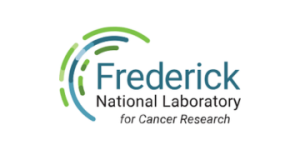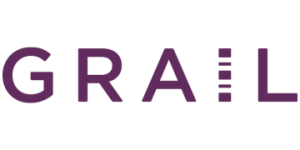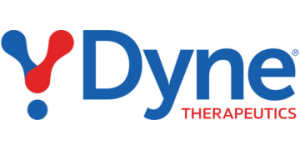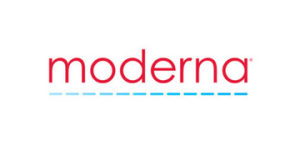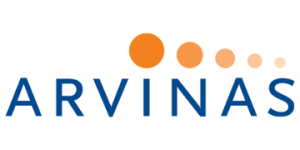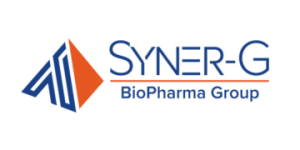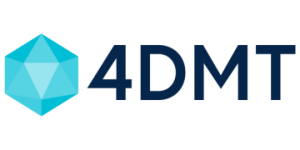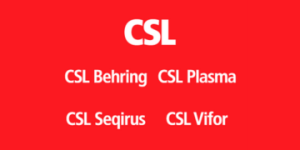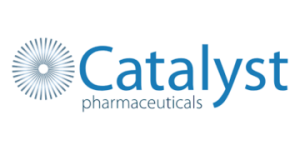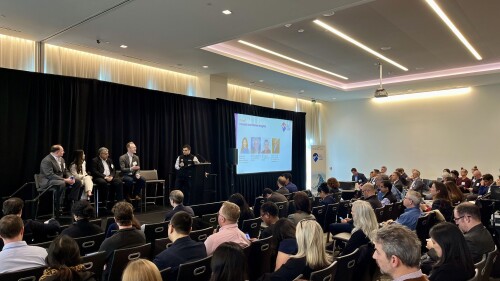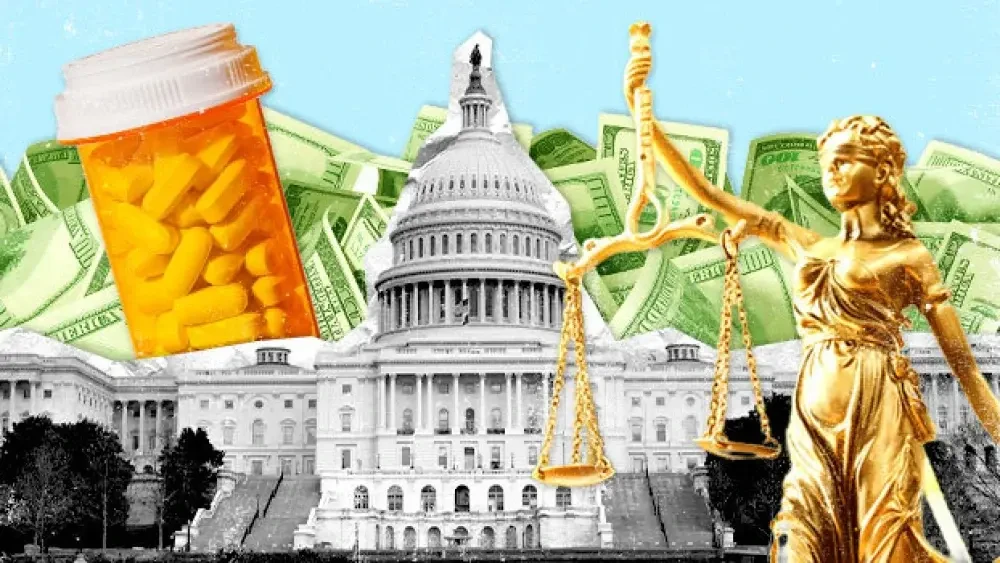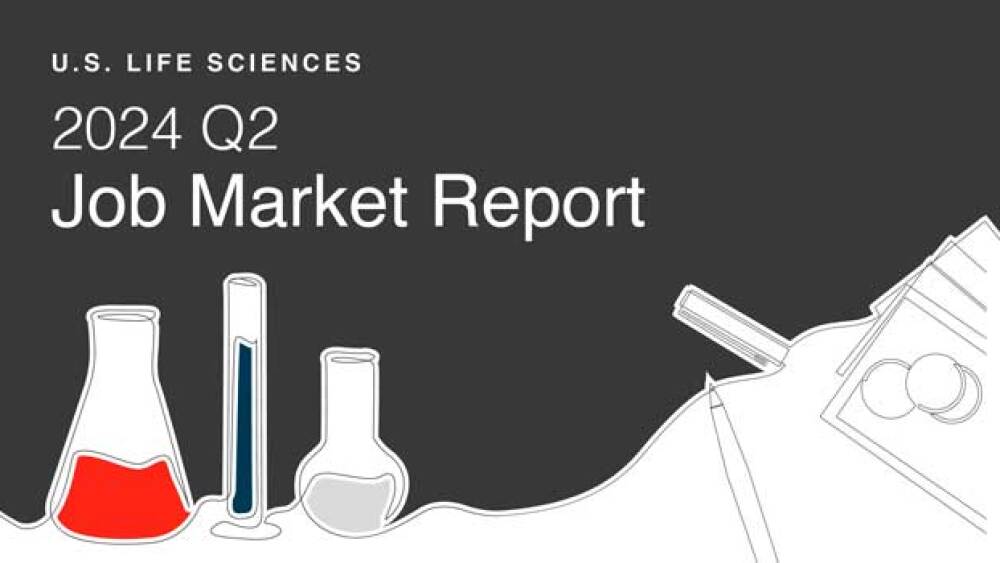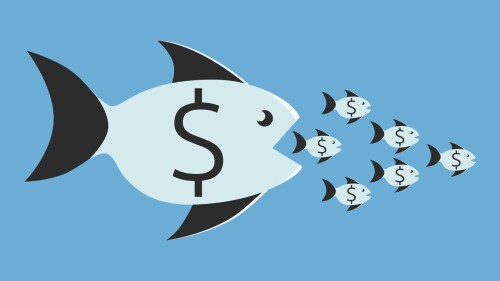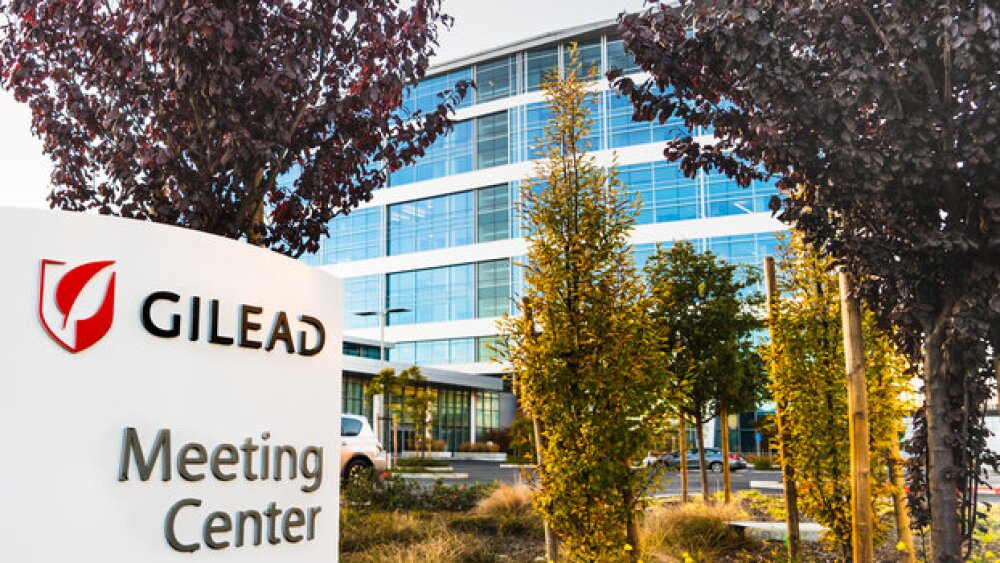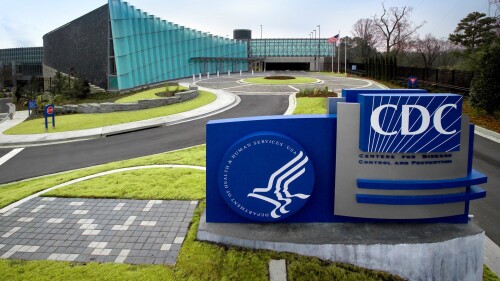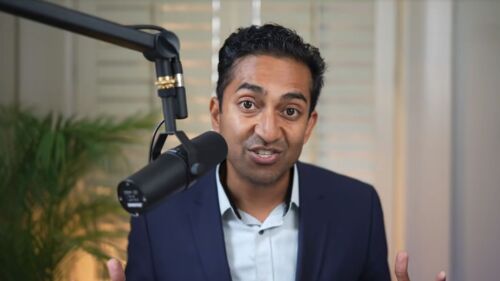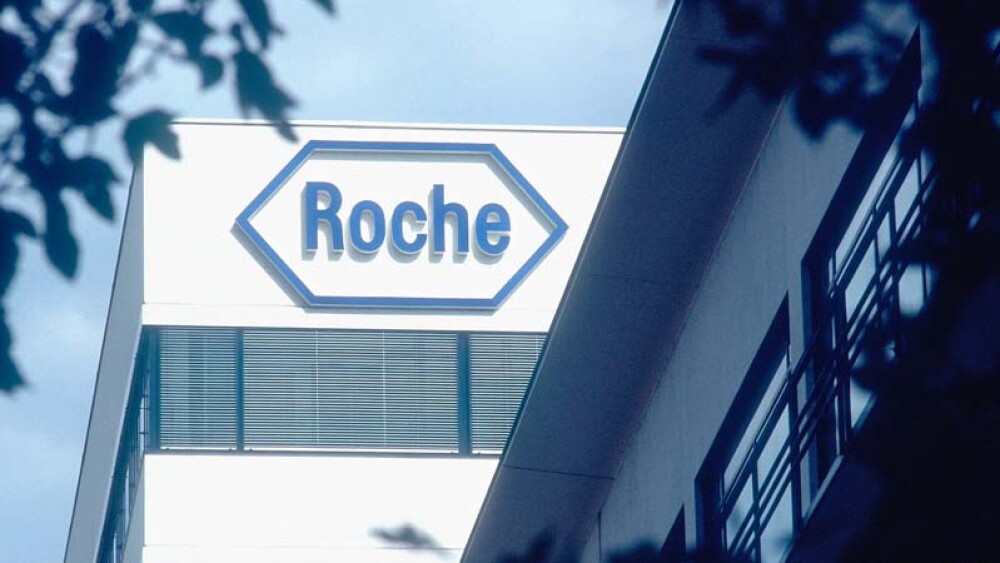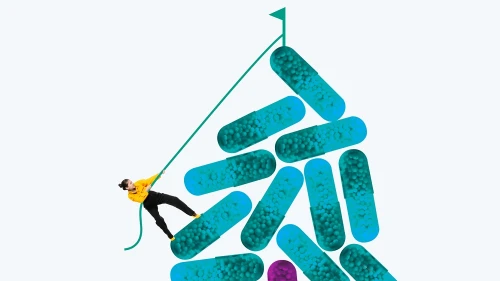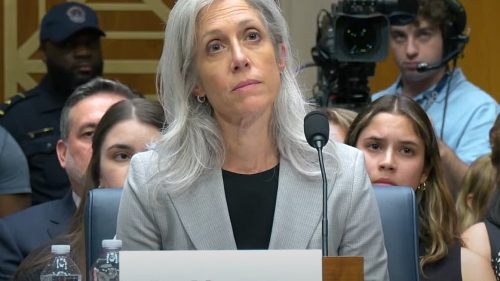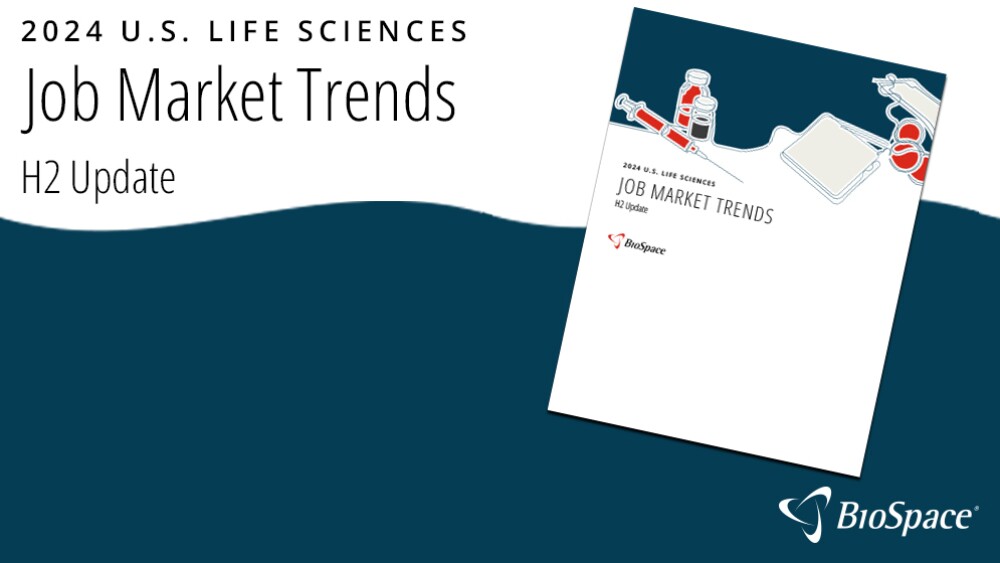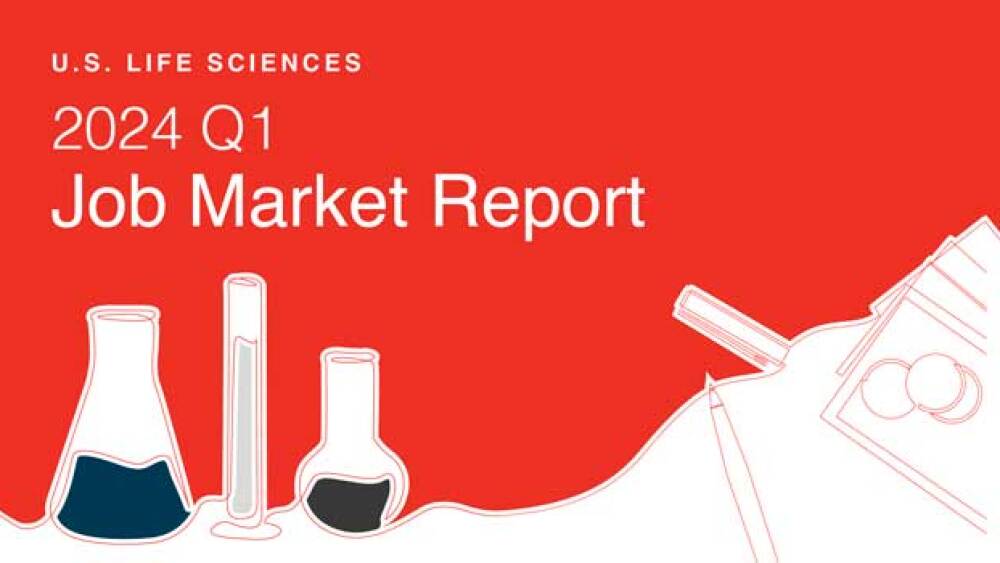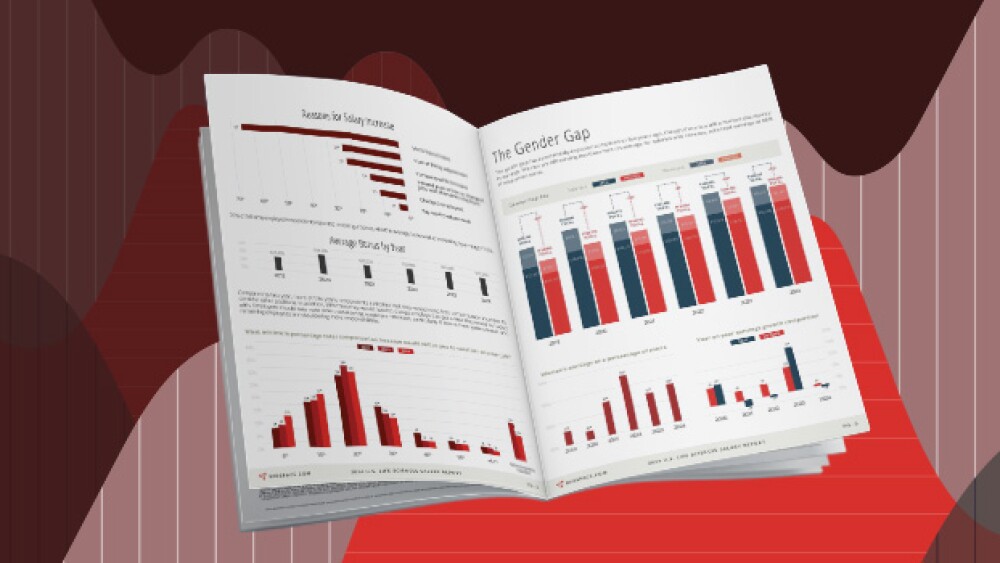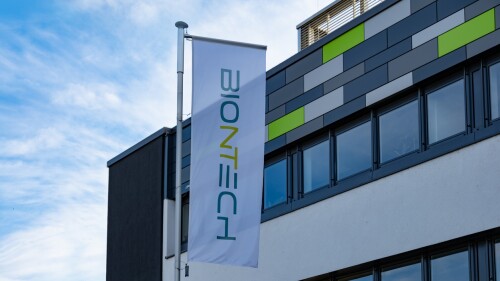The White House is clamping down on pharma’s ability to buy new molecules from Chinese biotechs; Sanofi, Merck and others abandon the U.K. after the introduction of a sizeable levy; Novo CEO Maziar Mike Doustdar lays off 9,000 while the company presents new data at EASD; Capsida loses a patient in a gene therapy trial; and CDER Director George Tidmarsh walks back comments on FDA adcomms.
This manufacturing site in Richmond, Virginia, is the first of four projects that Eli Lilly plans to reveal this year as part of a $27 billion U.S. investment announced earlier this year.
The over-representation of males and Hispanic patients in Eli Lilly’s Phase III ATTAIN-1 study could explain why orforglipron “underperformed” expectations in a previous readout, according to analysts at BMO Capital Markets.
OLN324 targets both VEGF and Ang2, the same mechanism of action as Roche’s Vabysmo, the Swiss giant’s multi-blockbuster treatment for wet macular degeneration and diabetic macular edema.
The world of healthcare is evolving to more predictive care and patients are taking greater control—a trend already emerging around GLP-1 weight loss treatments. As PwC warns, pharma will need to be ready.
A new analyst survey suggests that doctors are still prescribing Sarepta’s Elevidys, even after a series of deaths in certain populations marred the gene therapy’s record.
FEATURED STORIES
Some of the biggest SPACs from the industry’s pandemic-fueled heyday are no longer on the market.
After spinning out of BridgeBio in May 2024, BBOT had an eye on another round of fundraising in 2025. A SPAC quickly emerged as the best option.
Aside from the rare disease market, Novo Nordisk also scored a key regulatory win last month for its blockbuster GLP-1 drug Wegovy, which can now be used to treat patients with metabolic dysfunction-associated steatohepatitis.
After a demoralizing period punctuated by the withdrawal of one of the few marketed therapies for ALS, investment in new biotechs, state-backed collaborative initiatives and buzz at BIO2025 suggest a new day in drug development for one of medicine’s most intractable diseases.
With a flurry of recent Big Pharma investment in radiopharmaceutical therapeutics, the FDA issued draft guidance last month in a move former FDA Commissioner Stephen Hahn sees as the regulator “trying to get ahead on a new set of therapy that they see becoming very important for cancer.”
While trade groups hail the executive order as a national health security opportunity, analysts warn that production costs could go up in the near term.
LATEST PODCASTS
George Tidmarsh takes over temporarily at CBER following Vinay Prasad’s abrupt departure; Replimmune trial leaders protest rejection reportedly driven by FDA’s top cancer regulator Richard Pazdur; Merck’s $3 billion savings push claims 6,000 jobs; and Pfizer CEO Albert Bourla addresses President Donald Trump’s new threats around Most Favored Nation drug pricing.
In this episode presented by IQVIA, BioSpace’s head of insights Lori Ellis discusses the concerns and opportunities of patient data driving AI tasks with Louise Molloy, associate director medical information and pharmacovigilance.
Sarepta’s Elevidys is back on the market for ambulatory patients with Duchenne muscular dystrophy, Health Secretary Robert F. Kennedy Jr. reportedly plans to dissolve the U.S. Preventive Services Task Force and “fix” the vaccine injury compensation program, Merck, AstraZeneca and more report Q2 earnings, Novo names a new leader and Roche’s trontinemab impresses at AAIC25.
Job Trends
Some companies’ preferences for people who already have industry experience and the tough job market are among the hurdles those just starting out in biopharma must navigate, two recruitment experts told BioSpace.
Subscribe to Genepool
Subscribe to BioSpace’s flagship publication including top headlines, special editions and life sciences’ most important breaking news
SPECIAL EDITIONS
In the battle over drug prices, one sector of the healthcare industry has risen above all the players as the boogeyman: pharmacy benefit managers. In this special edition of BioPharm Executive, BioSpace takes a deep dive into the lens now focused on PBMs’ business practices.
In this deep dive BioSpace dissects the global obesity and diabetes markets along with the growing pipelines that aim to serve them.
For the second quarter of 2024, there were 25% fewer jobs posted live on BioSpace compared to the same quarter of 2023. The year-over-year job response rate rose from 14.6% to 15.3%.
DEALS
-
In the second biggest acquisition of the year, Merck gains the commercial COPD drug Ohtuvayre, which could help offset the loss of revenue when Keytruda’s patent expires later this decade.
-
Analysts said the deal with Novo was likely giving Hims “‘credibility’ or increased consumer traffic,” adding that the “litigation risk is back on the table” now that the Danish pharma has stepped away.
-
The deal marks an end for CAR T company Cargo Therapeutics, which has been slashing its workforce and cutting programs since the January decision to halt its lead candidate for a certain type of aggressive large B cell lymphoma.
-
After the FDA rejection of Zurzuvae in one type of depression and the triple failure of neuro asset dalzanemdor, Sage was searching for a path forward at the end of December 2024. Biogen CEO Chris Viehbacher spied a possible deal, but the smaller company wasn’t interested.
-
Why did two private equity firms with more than $460 billion under management want a little old gene therapy biotech called bluebird bio? We wanted to know.
WEIGHT LOSS
-
The mad rush for safe and effective obesity drugs has winners—including Eli Lilly’s Zepbound and Novo Nordisk’s Wegovy—and losers. Here are five molecules that never made it to the market.
-
While it’s impossible to make apples-to-apples comparisons of the many obesity candidates with so many differences across clinical trials, we at BioSpace are giving it our best shot.
-
With results from highly anticipated trials of Eli Lilly’s orforglipron and Viking Therapeutics’ VK2735 “underwhelming” investors, William Blair’s Andy Hsieh predicts weight loss pills will play a bigger role in low- and middle-income countries than in the U.S.
-
A draft copy of an upcoming MAHA report reveals a strategy in lockstep with recent HHS actions such as reviving the Task Force on Safer Childhood Vaccines; Viking Therapeutics reports robust efficacy from mid-stage oral obesity candidate but is tripped up by tolerability concerns; Novo Nordisk wins approval for Wegovy in MASH; and Lilly takes a pricing stand.
-
Viking Therapeutics’ VK2735 achieves a 10.9% placebo-adjusted weight loss at 13 weeks, but a less than ideal safety profile marred the results.
POLICY
-
In coordination with the United States President’s Emergency Plan for AIDS Relief, Gilead will make its twice-yearly HIV prophylactic Yeztugo available to resource-limited countries “at no profit.”
-
Perhaps the most interesting of the pile of FDA rejection letters was for Lykos Therapeutics’ MDMA therapy. Letters sent to Stealth BioTherapeutics, Regeneron and more were also released as the agency also promised future CRLs “promptly after they are issued to sponsors.”
-
The new additions would bring ACIP membership to 14 total. Several of the proposed members have taken part in anti-vaccine activity or made anti-vaccine statements.
-
YouTube has shut down a channel containing hundreds of videos of comments made by doctors and other influencers—including CBER Director Vinay Prasad, Health Secretary Robert F. Kennedy Jr. and NIH Director Jay Bhattacharya—during the pandemic. This comes as Prasad reveals further details about last week’s updated COVID-19 approvals.
-
Albert Bourla heralded the president’s COVID-19 leadership and Operation Warp Speed initiative as a Nobel Prize–worthy achievement and said that Pfizer stands by the integrity of the data already shared.
As market values increase for computational biology and data science, biopharma companies are looking to hire R&D professionals in those areas. A biotech talent acquisition expert shares his insights on these in-demand roles.
Gratitude, a key part of stoicism, can benefit those working in—and being served by—the pharmaceutical industry.
Businessman and entrepreneur Mark Cuban recently discussed leadership with Leadership Lab columnist Michael Pietrack. The three lessons that came out of that conversation start with one word: caring.
When hiring job candidates to work on cell and gene therapies, companies look for more than just technical skills. Talent acquisition executives from Bristol Myers Squibb and Intellia Therapeutics offer an inside look at what they want in an employee.
Learn how to leverage your end-of-year downtime to document achievements, update your professional presence and prepare for a successful 2025.
Based on how President-elect Donald Trump’s first administration handled immigration, experts are concerned about how his second term will impact foreign-born biopharma professionals. Two immigration attorneys discuss what may be ahead, including increased difficulty getting work visas.
HOTBEDS
REPORTS
This report investigates anticipated job search activity and hiring outlook for the remainder of 2024.
The job response rate has risen year over year, according to BioSpace data, indicating competition for roles posted on our website has increased.
BioSpace’s 2024 Salary Report explores the average salaries and salary trends of life sciences professionals.
CANCER
-
Strand Therapeutics’ lead asset is STX-001, an intra-tumor self-replicating mRNA therapy that carries a payload expressing the immunomodulatory protein IL-12.
-
The small molecule drug, acquired by Jazz Pharmaceuticals in its $935 million Chimerix pick-up this spring, is intended for relapsed adult and pediatric patients with H3 K27M mutations.
-
Terns, once a rising star in obesity and the MASH space, will refocus on cancer and partner out a handful of obesity assets.
-
BioNTech also laid off 63 employees in June in conjunction with the discontinuation of its cell therapy manufacturing operations in Gaithersburg, Maryland.
-
George Tidmarsh takes over temporarily at CBER following Vinay Prasad’s abrupt departure; Replimmune trial leaders protest rejection reportedly driven by FDA’s top cancer regulator Richard Pazdur; Merck’s $3 billion savings push claims 6,000 jobs; and Pfizer CEO Albert Bourla addresses President Donald Trump’s new threats around Most Favored Nation drug pricing.
NEUROSCIENCE
-
The deal extends AbbVie’s commitment to the psychedelics space and depression, after emraclidine’s high-profile flop in schizophrenia last November.
-
The platform strategy of using one molecule to target an underlying biological pathway to address many different diseases can be a goldmine for smaller companies. But it also has a unique set of challenges.
-
The small molecule, vatiquinone, had already flunked a Phase III trial, but the company pushed ahead with an approval bid anyway.
-
Waltham, Massachusetts–based Skyhawk Therapeutics has been collecting collaborations with larger companies in spades since launching in 2018.
-
Arguably the FDA’s most anticipated decision this month is for a subcutaneous induction formulation of Biogen and Eisai’s Alzheimer’s drug Leqembi, which, according to Eisai, could “help reduce the burden on healthcare professionals and patients.”
CELL AND GENE THERAPY
-
The swift FDA action removes an overhang from Sarepta and allows Elevidys to return to the market without another safety study, as had been feared, Jefferies analysts said Monday.
-
Brazilian authorities said the death was unlikely to have been caused by Elevidys and was instead more in line with severe infection exacerbated by immunosuppression.
-
The European Union’s health regulatory agency did not endorse approving Elevidys for ambulatory patients with Duchenne muscular dystrophy.
-
The strategic reprioritization comes after the company hit two major hurdles in the past year, including a clinical hold for an investigational gene therapy and an FDA rejection for its lead asset.
-
CBER is unanimously against Elevdiys’ return to the market without additional evidence, according to media reports citing an anonymous senior FDA official. Given Elevidys’ full approval, however, experts told BioSpace this path would set up a length legal battle between the regulator and Sarepta Therapeutics.

